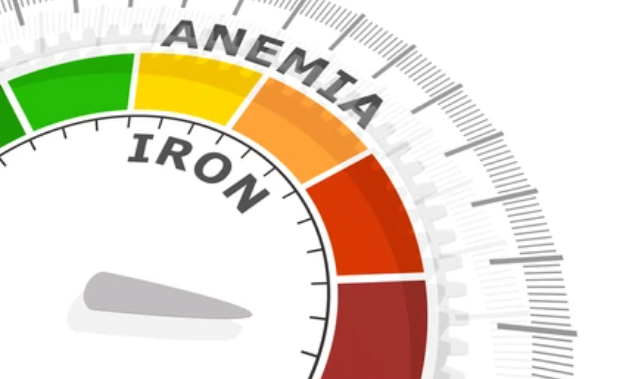Low iron may be to blame
You are tired. That is unusual in our fast-paced world. But
do not ignore persistent fatigue as it could be a sign you are low in the
essential mineral, iron.
Without enough iron, you are going to feel below par. Fatigue is often the first
thing you notice because when you are low in iron, less oxygen reaches your
tissues, thanks to iron’s role in helping red blood cells carry oxygen around
the body.
Iron is also necessary for energy production and fighting
off infection. So along with fatigue, you might start to experience shortness
of breath, frequent infections, headaches, dizziness, and cold hands and feet.
How common is iron deficiency?
Iron deficiency is the most common nutritional disorder in
the world, says nutrition researcher Dr Tim Crowe on his blog thinkingnutrition.com.au.
“As well as affecting many women and children in developing countries, it is
the only nutrient deficiency that is also significantly prevalent in developed
industrialised countries too.”
Iron deficiency is estimated to affect over 1.2 billion
people worldwide, particularly young women after they have started
menstruating. Women lose iron in blood every month, and if their intake of
iron-rich foods does not compensate for this loss, they risk becoming
deficient.



Is iron deficiency the same as anaemia?
“Iron deficiency is not a black and white thing. It develops
in stages with anaemia being the final result.” Says Dr Crowe. Anaemia is when
your blood lacks adequate healthy red blood cells, and you can be low in iron
but not yet have anaemia. Blood tests ordered by your doctor can tell you what
stage you are at.
Do not be tempted to take an iron supplement ‘just in case’
unless your doctor recommends it, as they can cause side effects and can be
toxic in high doses.
Do I have to eat meat to get enough iron?
You are less likely to be low in iron if you eat meat
because the iron in animal foods is more easily absorbed by our bodies. Liver
is the richest source, followed by red meat (lamb, beef and kangaroo), then
pork, chicken, shellfish, fish and eggs.
Plants contain iron too, just in a form not so well absorbed.
But you can increase how much you absorb by including a source of vitamin C with
a plant-based meal. This might be a glass of orange juice, a salad of raw
tomatoes and red capsicum, or fruit such as kiwifruit, citrus fruit or berries.
Good plant sources of iron include nuts, dried fruit, legumes
and tofu, and dark leafy green vegetables.